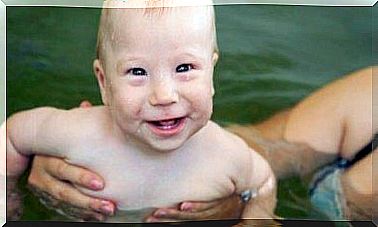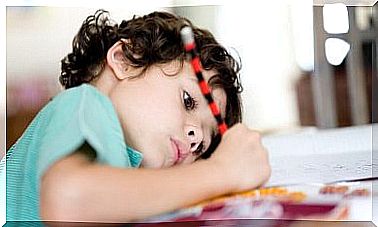Autism Spectrum Disorder In A Child – 5 Myths

To date, about one percent of the world’s people have been diagnosed with autism spectrum disorder. Although much research has been done on this anomaly, there is still a long way to go before the disorder can be fully understood and the myths about it broken.
Because autism is surrounded by many myths, it is important to provide fact-based information on the subject. Similarly, disseminating information can provide patients with the best possible care. In this article, we discuss some of the most common misconceptions about autism.
What does Autism Spectrum Disorder Mean?
Autism is an abnormality associated with nervous system development. It is a multifactorial or multifactorial state in which both neurological and environmental factors have their effects. These factors work together, and this condition is called autism spectrum disorder (ASD).
When we talk about autism or autistic individuals, we are talking about a similar anomaly, which, however, manifests itself in different ways and to different degrees in different people.
Also, the anomaly of the name autism spectrum disorder helps to better understand the diversity and different traits of autistic individuals.
To better understand this abnormality, it is essential to know that the brain development of a person with an autism spectrum disorder is different compared to normal brain development. This also means that the brain of an autistic person also functions and processes information in different ways.
Autistic individuals tend to have communication difficulties as well as problems with social interaction. It is also common for changes to take place in the processing of information brought about by their senses.
Myths about autism
Although autism spectrum disorder has been extensively studied over the past decade, there are still misconceptions about it.

There are common misconceptions and myths about autistic individuals that are not true. Here are some of the most common myths about autism spectrum disorder:
1. A person with an autism spectrum disorder is unable to feel or show their affection
This is one of the most common misconceptions about autism. For a long time now, movies, TV, and media have reinforced this stereotypical image of autistic individuals.
In reality, an autistic person is able to express their feelings and show their affection. Every child and adult with ASD is able to smile, cry, get angry and show love. The ways in which they show their feelings may just be different.
2. An autistic individual cannot communicate
One misconception is that an autistic person would not be able to speak or communicate. This is by no means true.
Although an autistic person may have difficulty communicating, with the right kind of speech and language therapy, he or she can improve his or her verbal skills.
In cases where the child does not speak, there are temporary means of communication, such as sign language, to help the child express himself. Self-expression is important so that the child is not isolated from other people.
3. A person with an autism spectrum disorder cannot be cured of it
Studies show that recovery from autism is more possible day by day.
When an autistic child gets the right kind of stimuli, is given the right kind of goals, and lives in the right environment, he or she can develop in a way we couldn’t have even imagined years ago.
We also want to stress how important it is for the world to be aware of autism. Informing people about the subject and supporting parents on their journey is especially important.
4. All children with autism have learning difficulties
Autism spectrum disorder manifests itself differently in each child, so the symptoms it causes can also manifest themselves in very different ways.
While some autistic individuals may have severe learning problems, others are truly intelligent. There is no rule for this.

5. An autistic child cannot attend regular school
In fact, it is the case that a child with an autism spectrum disorder benefits greatly from the activities offered by a regular school.
The choice of school does not depend on the diagnosis of autism, but on the child’s characteristics and characteristics. It is highly recommended that an autistic child be allowed to attend regular school. So it is entirely possible.
It is very important to get the right information about autism. This is not just about understanding the anomaly: we should also know how individuals with an autism spectrum disorder interact with others. The biggest goal is to get them into our society.









